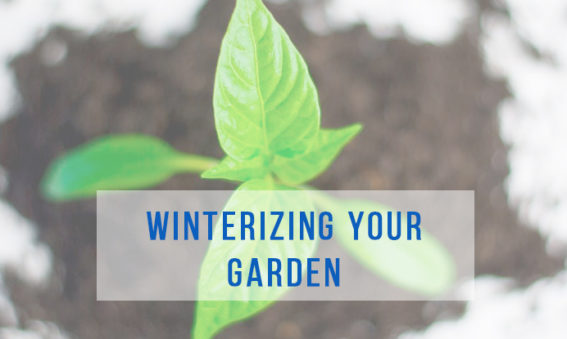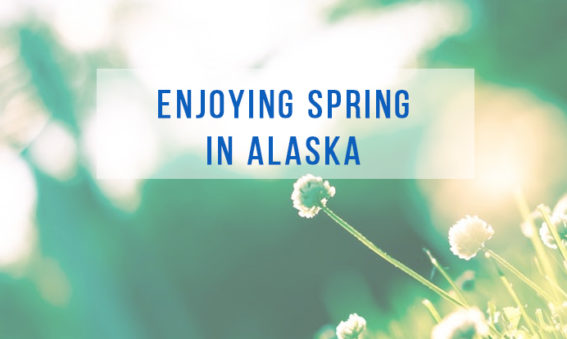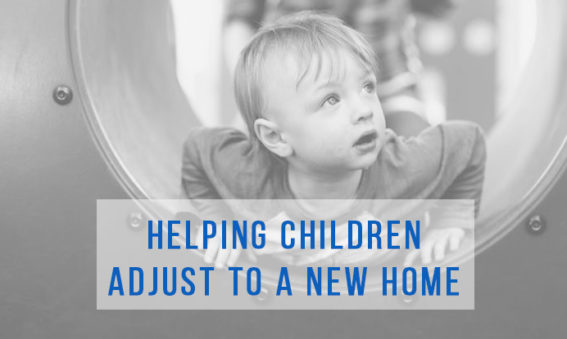Alaskans know cold. After all, here in the Anchorage and Eagle River area, temperatures can drop down as low as minus 60 degrees Fahrenheit for days at a time. But despite the frigid temps, locals know how to survive winter in Alaska. We’ve gathered up a few tips for covering your basics (warmth, food, water, safety and mental well-being), and shared one big misconception at the end that you for sure want to avoid. Here goes:
Tips for How to Survive Winter in Alaska:
Warmth
If you don’t stay warm, you can forget the rest. Staying warm and dry is the name of the game here! Dressing for Alaska winters doesn’t necessarily mean piling it on until you’re waddling across the parking lot and unable to get in your car. Too many clothes will only make you perspire, and once you stop moving around, that moisture will freeze, feeling like you’re wrapped in an icicle. Instead, the secret is to dress in layers, using materials that wick moisture away from the body, rather than soaking it up. Choose fleece or performance fabrics instead of cotton. Warm socks and boots should always be nearby, even if you’re going to a dressy occasion – you never know when you might need to make a quick change. Mittens are better than gloves. And don’t forget a sleeping bag. Yes, a sleeping bag. We know that’s not something you technically “wear,” but standard emergency equipment for traveling in Alaska in the winter often includes a subzero-rated sleeping bag.











